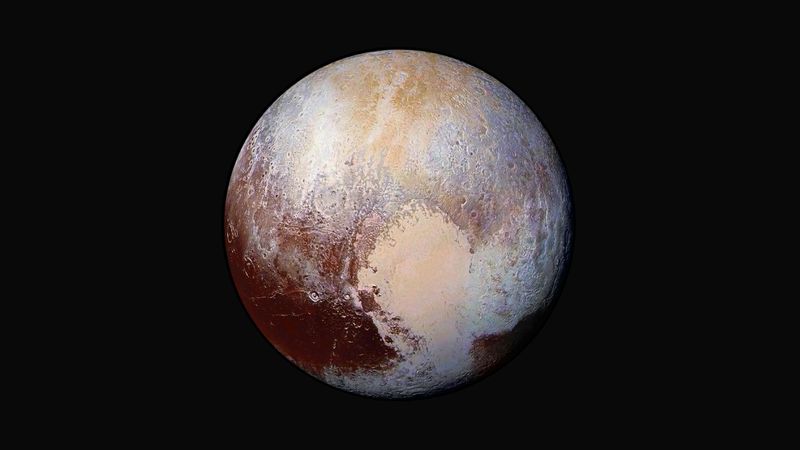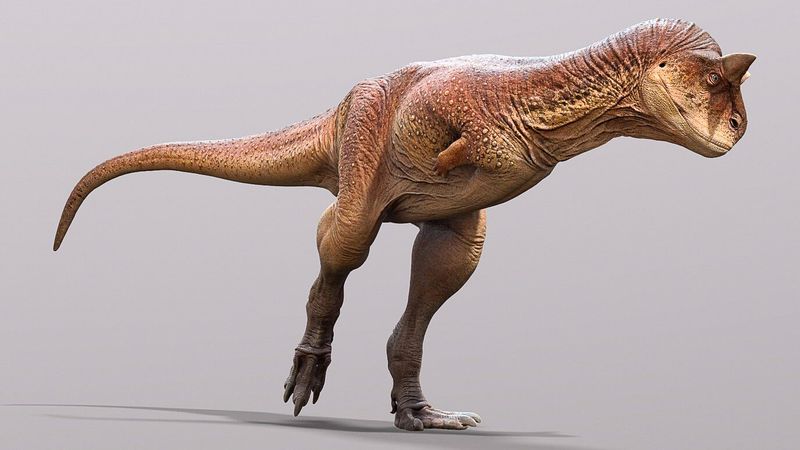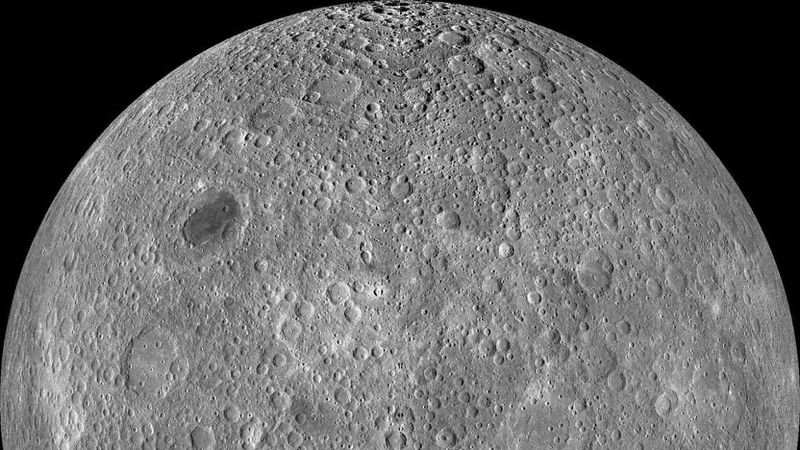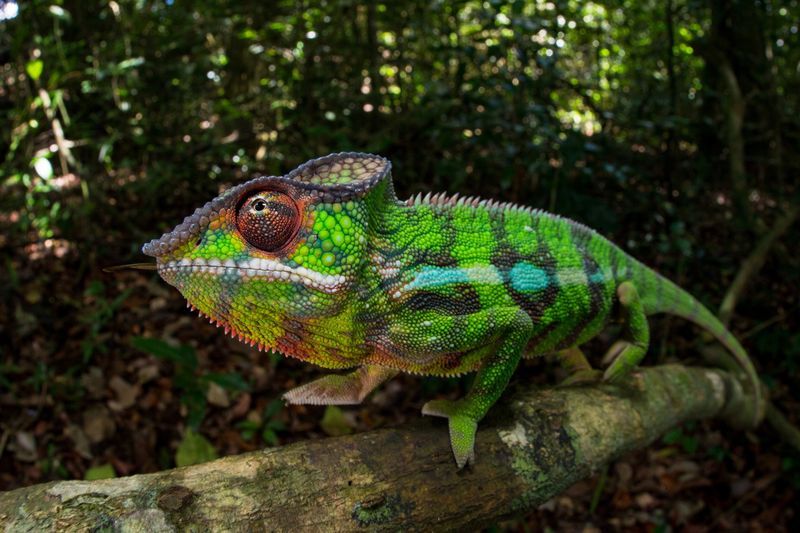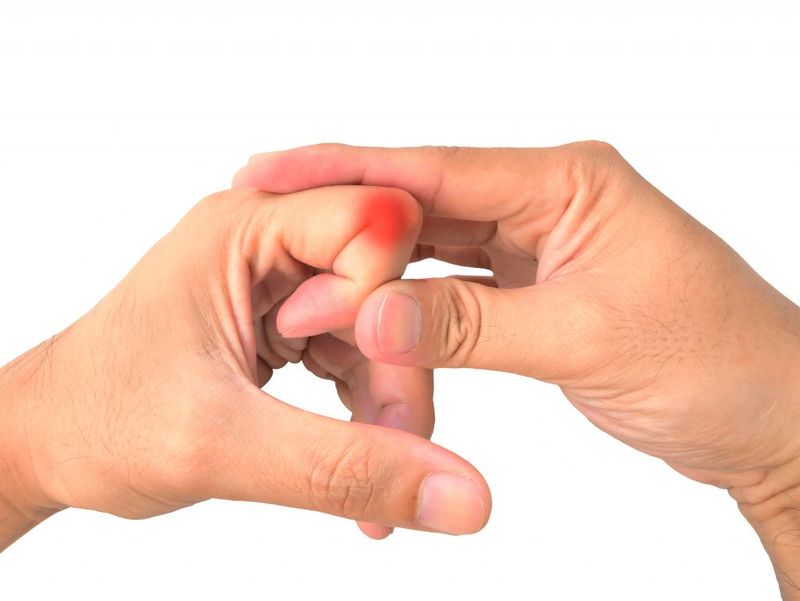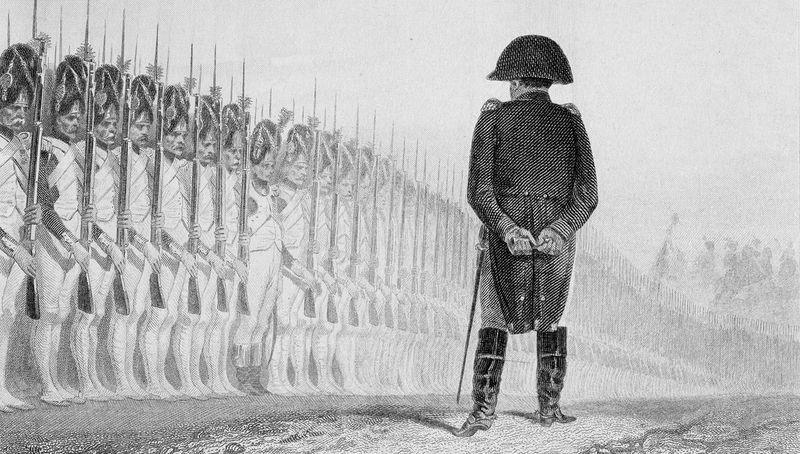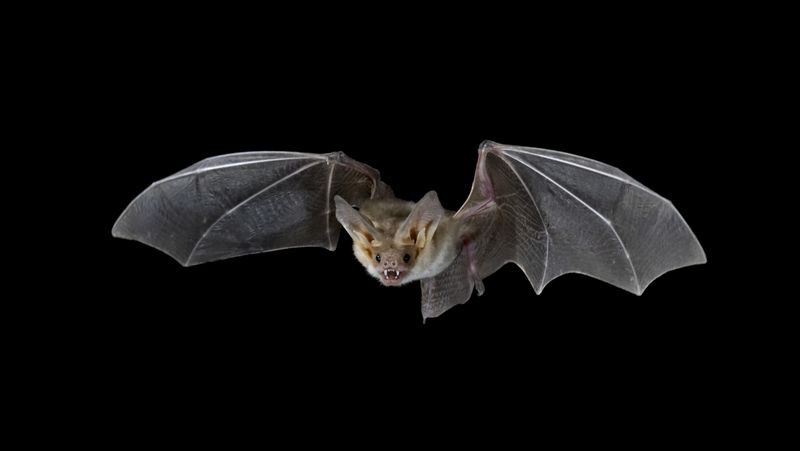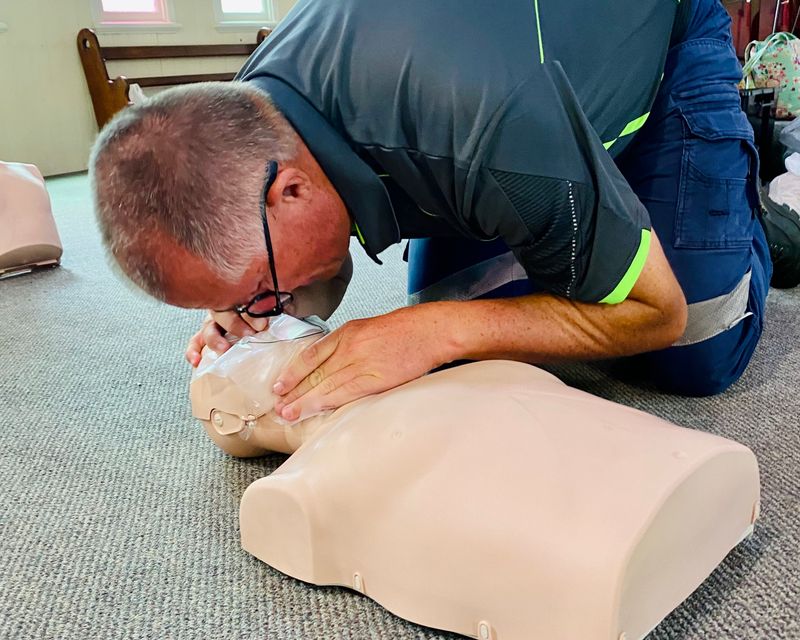16 Facts From The ’70s Taught In School That Were Later Debunked

The 1970s, a groovy era of bell-bottoms, disco balls, and funky vibes, was also a time when schools taught some peculiar “facts” that didn’t quite age well.
Fast forward to today, and many of these ideas have been thoroughly debunked, leaving us shaking our heads in disbelief. From quirky science myths to historical inaccuracies, these lessons were as colorful as the decade itself.
In this post, we delve into 17 fascinating examples, mixing humor and a dose of hindsight to uncover what we once believed. So, grab your thinking cap and join us on this entertaining and enlightening ’70s flashback!
1. Pluto as a Planet
For years, students grew up believing there were nine planets, with Pluto rounding out the list.
Then, in 2006, Pluto was demoted to a dwarf planet, shattering childhood memories. While Pluto hasn’t changed, our understanding has. It’s like finding out your favorite band was just a cover band all along.
Who knew outer space could be so controversial? Maybe next time, we’ll just let Pluto sit with the cool planets anyway.
2. Dinosaurs with Reptilian Skin
Remember those dinosaurs with scaly, tough skin from our textbooks? Turns out, many dinosaurs actually had feathers. This revelation is like finding out your stern history teacher was once a breakdancer.
Feathers help us understand more about their behaviors and habitats, painting these ancient creatures in a whole new light. Science is indeed stranger than fiction, and these prehistoric birds of a feather certainly flock together.
3. Sugar Makes Kids Hyper
“Don’t feed them sugar!” was the mantra of parents everywhere. However, studies later showed sugar doesn’t actually cause hyperactivity.
It’s akin to blaming the weather for a failed hairdo. Sure, sugar provides energy, but it’s the excitement of events like parties that gets kids buzzing. Next time, we might want to blame the bouncy castles instead!
So, let them eat cake—and maybe toss in some veggies for balance.
4. The Great Wall Visible from Space
This famous myth claimed the Great Wall of China was visible from space, captivating imaginations. Astronauts later confirmed that it wasn’t visible to the naked eye from orbit.
It’s a bit like expecting to spot your house from an airplane. While the Wall is impressive, it’s not quite the cosmic spectacle we imagined.
Who knew that seeing isn’t always believing when it comes to ancient wonders?
5. Humans Use Only 10% of Their Brains
The idea that we only use 10% of our brains was once taught as gospel truth. Meanwhile, neuroscientists argue we use nearly all parts of our brain.
This myth is like thinking your car only uses one tire. The reality is our brain is a powerhouse, constantly working hard—even when we’re dreaming!
So, give your brain a pat on the back for doing its job, even if you don’t always notice.
6. Einstein’s Academic Struggles
Albert Einstein, a genius struggling in school? This myth circulated for years, suggesting even the greatest minds face academic hurdles.
However, Einstein was actually a stellar student, particularly in mathematics. Believing this myth is like thinking Beethoven was tone-deaf.
While it’s comforting to think geniuses had challenges, the truth reveals that brilliance often shines through early, inspiring us to embrace our own talents.
7. The Bermuda Triangle Mystery
The Bermuda Triangle was once the eerie talk of the town, with tales of disappearing ships and planes. However, research showed that the area isn’t any more dangerous than others.
This legend is like the spooky story that keeps you up at night, only to find out it was just the wind.
While it captured imaginations, the real mystery might just be the power of a good tale.
8. The Moon’s Dark Side
The so-called ‘dark side’ of the Moon intrigued many, suggesting it was shrouded in permanent shadow. In reality, both sides see sunlight.
This misconception feels like thinking your neighbor only comes out at night. The Moon rotates, showing all its facets to the Sun.
So, it’s time to shine a light on this astronomical myth and appreciate our lunar companion in all its spherical glory.
9. Fingernails Grow After Passing
A morbid yet fascinating notion claimed that fingernails grow after you pass away. Turns out, it’s an illusion caused by skin retracting.
Like thinking a sunset is the sun disappearing, this myth plays tricks on our perception. It’s all about the science of decomposition, not continued growth.
So, while it adds a spooky flair, there’s no zombie manicure in the afterlife. Science continues to shed light on the mysteries of our bodies.
10. Gum Takes Seven Years to Digest
Who hasn’t heard that swallowed gum stays in your stomach for seven years? Well, while your gum doesn’t digest like regular food, it certainly doesn’t linger that long.
This myth is like believing your socks disappear in the laundry for decades.
Your digestive system is more efficient than that, passing it through without absorbing it. So, while it’s not advisable to swallow gum regularly, it won’t be a permanent resident in your belly.
11. Chameleons Change Color to Match Their Surroundings
Chameleons were famed for changing color to blend in, though it’s more about mood and communication. This myth is akin to thinking actors only dress to match sets.
Their color shifts are complex, reflecting social signals or temperature changes.
While their color prowess is still impressive, it’s more about chameleon chat than camouflage. Next time you see one, appreciate the vibrant conversation!
12. Cracking Knuckles Causes Arthritis
The fear of cracking knuckles causing arthritis haunted many a joint. Yet, studies haven’t shown a link between the habit and arthritis.
This is like worrying your favorite song will wear out from too much play. While it might annoy others, it’s unlikely to harm your joints.
So crack away, but perhaps spare the nerves of everyone around you, unless you’re auditioning for a sound effects gig.
13. Twinkies Last Forever
Rumors that Twinkies could survive an apocalypse spread like wildfire. In truth, they have a shelf life of about 25 days.
This myth is like believing a fruitcake can outlive us all. While preservatives help them last, they’re not immortal.
Enjoy them while fresh, and rest assured, they won’t be starring in the next generation’s survival kit. Though, they might still be a delightful snack for unexpected cravings!
14. Napoleon Was Extremely Short
We all heard Napoleon was famously short, but he was actually of average height for his time. This myth is like believing the tallest tale in a fisherman’s storybook.
Propaganda played a role in perpetuating the image of a diminutive leader.
It reminds us that history often shapes how we perceive figures, sometimes based more on myth than measurement.
15. Bats Are Blind
The phrase “blind as a bat” misled many to think bats can’t see. They can, actually, and use echolocation to navigate.
This myth is like calling a detective clueless despite their keen instincts. Bats benefit from having vision and sonar, making them expert navigators of the night.
Next time you see these creatures of the night, tip your hat to their versatile skills.
16. Mouth-to-Mouth as Primary CPR
Mouth-to-mouth was once the highlight of CPR, but chest compressions are now emphasized.
This change is like shifting a band’s spotlight from vocals to guitar solos. The focus on chest compressions improves survival outcomes.
While mouth-to-mouth still has its place, remember: the beat goes on, and chest compressions are key.
Stayin’ alive just got a whole new rhythm, thanks to medical advancements and a catchy beat!

